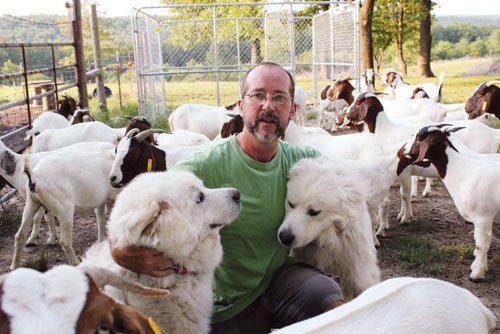Fruits and Nuts
If you like farm fruits and nuts, you can get freshness and a range of flavor that just can’t be compared to store bought produce, which is repeatedly restricted to a few varieties more agreeable to your eye than to your tummy.
You can produce a great variety of delicious fruits and nuts such as the Jonathan apple, and even seedless grapes, in addition to fine modern varieties including the Reliance peach, so resilient that it defies the harsh winters of New York.
You can benefit from such extraordinary treats as purple and yellow raspberries and even gooseberries, not to mention jams, cider, pies, or even homemade wine made with your own trees and vines.
Plus fruit trees provide magnificence of colors as well as food: trees of aromatic blossoms in spring and in the fall have colorful clusters.
Nut trees thrive with minimal care and live for generations; however, they do need more space than fruit trees.
They often reach gigantic in size. They provide great shade for your house in the summer not to mention how valuable the timber is, as well as bountiful crops of nuts.
Fruits and nuts provided by these trees are a resource of enjoyment long after your own existence.
As an added advantage, both nut and fruit trees give food and habitat for a lot of species of wildlife.
It’s simple to grow your own fruit and nut trees if you have plenty space for a few trees or a couple berry bushes.
It takes less effort to for fruit and nut trees than flowers and vegetables.
Their first year of growth is the most critical and you must make sure they get plenty of water to set their roots.
Though fruit bearing trees take one to five years prior to producing, with care most of them will keep on producing for many years, even for generations.
My old home place had one peach tree and I have planted two more peach trees, three Cherry trees and three Apple trees.
This is my first year for apples. I only have six apples on one of my trees this year, but I’m sure as my trees get older, they will produce an abundance.

I always try to help my visitors find what they are looking for. Here's a great help! Click Here! to receive an instant e-book on fruit growing.

Start Your Own Orchard
It's time to start your orchard so you can start harvesting your fruits and nuts.
The most significant step you can take in purchasing your tree is properly planting.
An old saying advises that you must plant a $20 tree in a $100 hole, meaning that the hole ought to be big enough to allow the roots plenty of room to spread.
Overcrowded roots grow inadequately and may even strangle one another.
When you buy a tree or bush from a close by nursery, it is almost certainly either growing in a container of soil or balled and bur lapped.
Trees from shipped by mail order nurseries, often offers a far wider variety of choices.
They will reach your destination with their roots bare, usually packed in damp moss. For ball and burlapped or container grown stock, planting is simple.
Create the hole as deep as the root ball and a foot wider, place the plant in position, loosen the top of the burlap, and replace the soil.
I usually build a bowl shaped damn around my trees to hold the water close to the base when I water them.
Also, I never allow mulching to touch the base of the tree. Mulch breeds insects and you don’t want that around your fruit trees.
Bare root trees requires more care. Your tree ought to be planted as quickly at its arrival.
If this is not possible, it can be stored. Ball and burlap trees can be kept in a shady location and kept moist. for several weeks.
Bare root trees can be set aside up to 14 days by gapping the base of the container and you must also keep the roots moist.
If kept over 14 days, it ought to be "covered up" until you are ready to plant.
To do this simply remove the plants from their container and place them roots down in a shallow ditch, and cover the roots with soil.
Keep your trees out of the sun, and keep the soil moist.
But don't delay to long or you will never get to eat your fruits and nuts.







